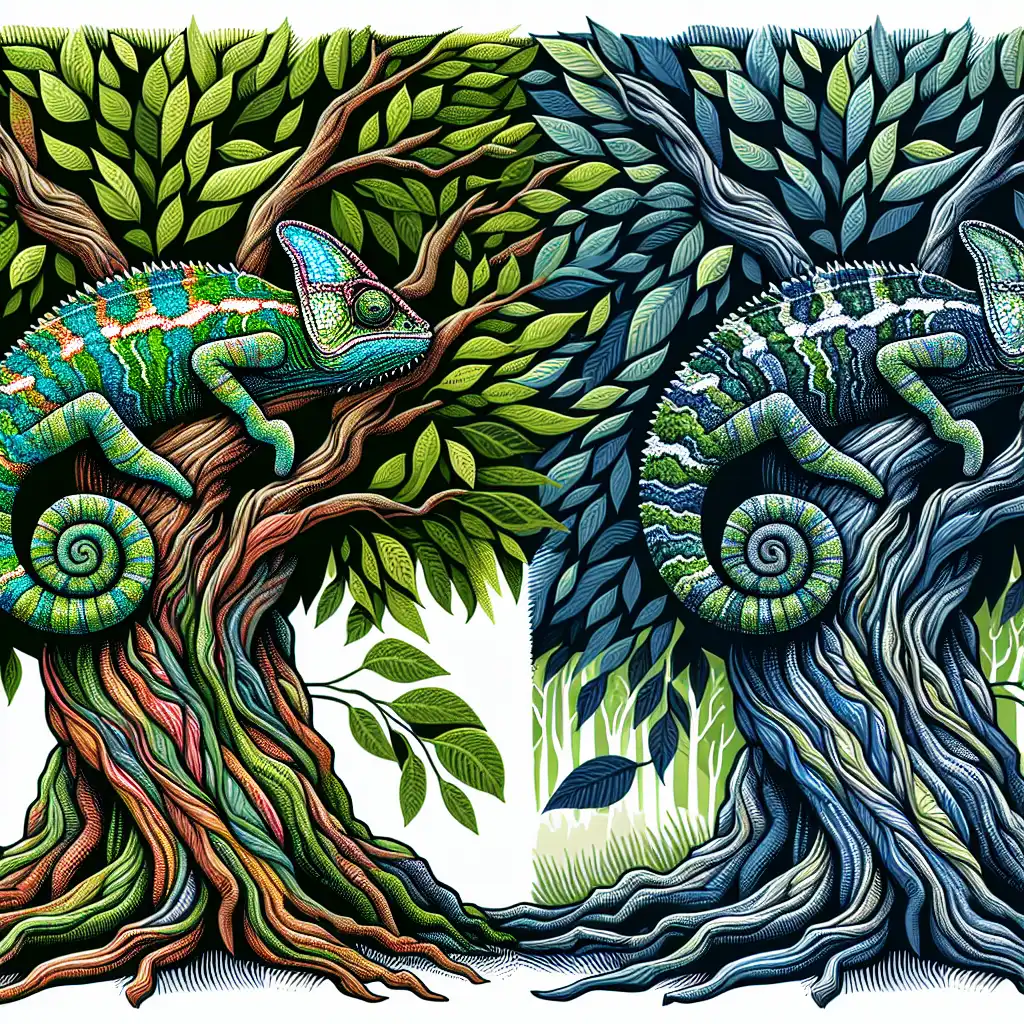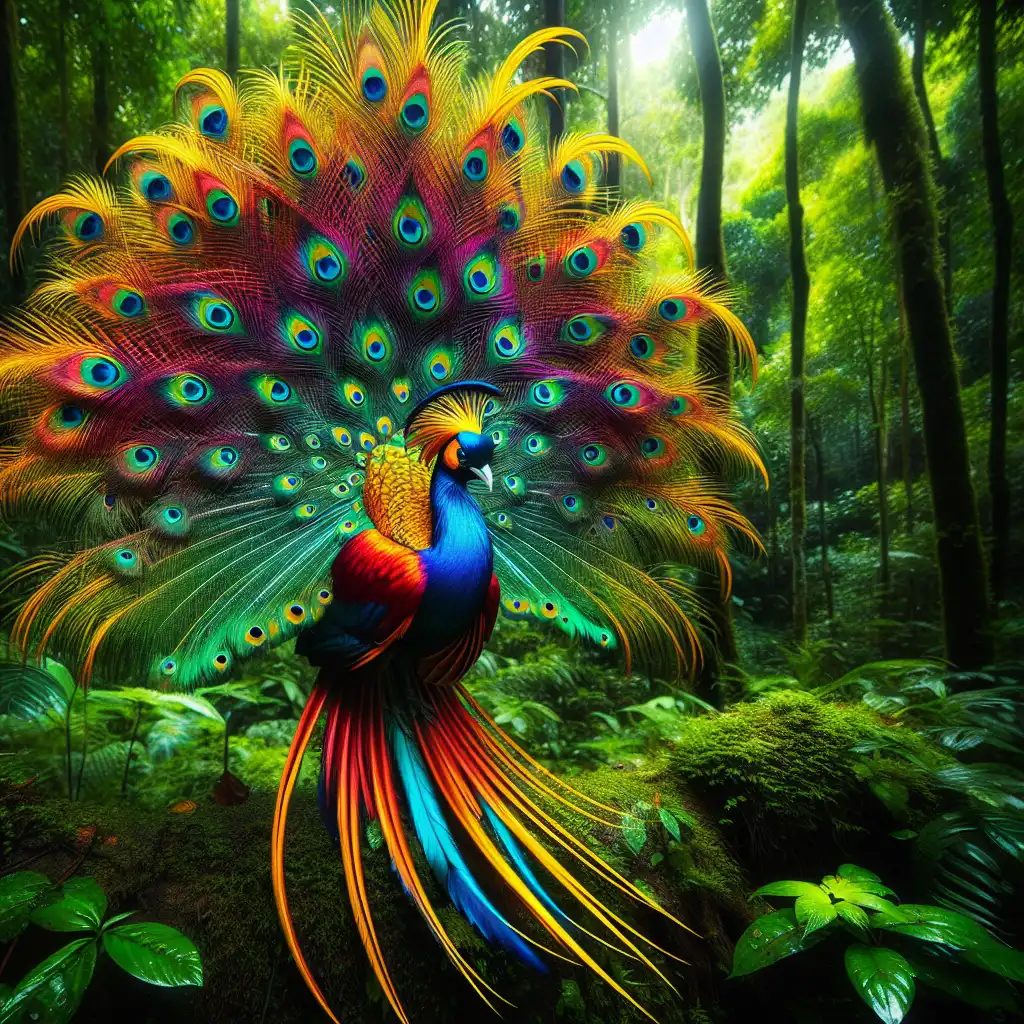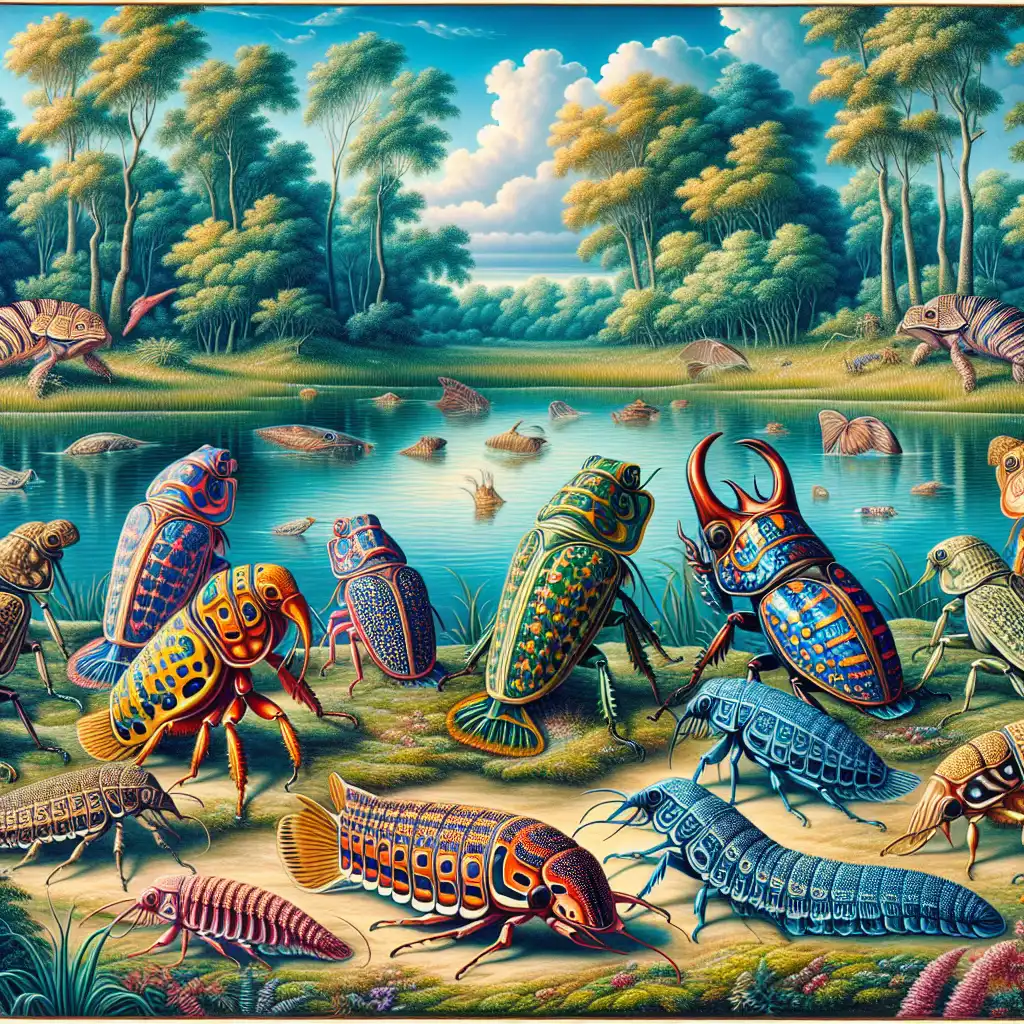
Coloration
Camouflage Role
Coloration in nature often serves as camouflage, helping animals or plants to hide from predators or prey.  The chameleon's coloration changes to match the tree bark, rendering it nearly invisible.
The chameleon's coloration changes to match the tree bark, rendering it nearly invisible.
Indicative Traits
Natural coloration can indicate traits like maturity, health, or readiness to mate.  The bright coloration of the male bird signals its health to potential mates.
The bright coloration of the male bird signals its health to potential mates.
Species Identification
Distinctive coloration helps in identifying and differentiating species.  Scientists often use coloration to tell similar species apart.
Scientists often use coloration to tell similar species apart.